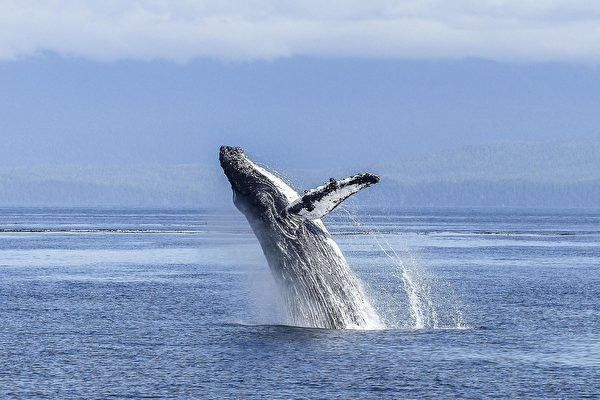In Washington state, USA, a recent incident involving a gray whale swallowing and then spitting out a sea lion while feeding has garnered attention. The sea lion, after its harrowing experience, displayed a bewildered expression, which was captured by passengers on a whale-watching boat operated by the Blue Kingdom Whale and Wildlife Tours near Anacortes, Washington.
According to reports from the Associated Press, the event took place on September 12th in the waters near Anacortes. The captain of the whale-watching vessel, Tyler McKeen, described how they observed seabirds flying above a group of fish when a gray whale swam by. The gray whale initially opened its mouth to swallow small fish and seawater, but instead of staying submerged to filter food with its baleen, it resurfaced and repeatedly opened and closed its mouth.
As the gray whale descended into the water, passengers on the whale-watching tour busily reviewed the photos and videos they had captured. It was then realized that the gray whale had performed the open-mouth behavior to expel the mistakenly ingested sea lion.
McKeen shared, “We saw the sea lion. It was a very funny moment for everyone. I mean, maybe not so much for the sea lion.”
One of the passengers, Brooke Casanova, managed to capture a photo of the sea lion emerging from the bottom of the gray whale’s mouth, looking quite puzzled, likely having been inadvertently swallowed during a fishing maneuver. McKeen also recorded footage of the sea lion being ejected from the gray whale’s mouth using his phone.
McKeen speculated that such occurrences might happen occasionally since many other animals also feed on fish. Gray whales are known to frequent the Salish Sea, the waters bordering Washington state and British Columbia in Canada, during migration seasons. While once threatened with extinction due to hunting in these waters, their population has seen a gradual recovery over the past 25 years, making sightings of these marine mammals common on whale-watching excursions.
“National Geographic” magazine notes that gray whales can be found in all the world’s oceans. These marine mammals can grow up to 48 to 62.5 feet (14.6 to 19 meters) in length and weigh around 40 tons.
Despite their imposing size, gray whales primarily feed on small fish, krill, and plankton. They migrate annually from feeding grounds near the poles to breeding areas closer to the equator, with their movements often visible along the coastline.
Mother gray whales often swim closely with their calves, using their flippers to touch and bond with their offspring. They care for their calves until they are around a year old, with the young whales ceasing growth at approximately ten years of age.
Gray whales are renowned for their mesmerizing “songs.” These sequences of moans, groans, cries, and other noises are highly intricate, often lasting for hours and capable of propagating over vast distances in the ocean. Such singing is believed to serve as a means of communication and mate attraction among gray whales, while calves “whisper” to their mothers.
These marine giants are adept swimmers, propelling themselves through the water with their massive flukes, sometimes breaching entirely out of the water. Scientists are unsure if this behavior serves a specific purpose, such as ridding themselves of parasites or simply engaging in playfulness.
Since the International Whaling Commission banned commercial whaling in 1985, the previously dwindling population of gray whales has shown signs of recovery. Today, the greatest threats to gray whales include collisions with ships and entanglement in fishing gear.

